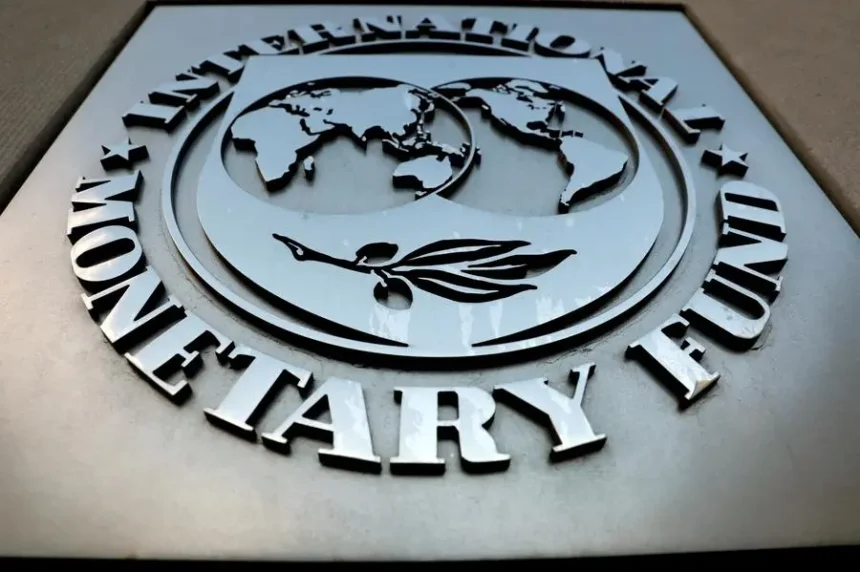The International Monetary Fund (IMF) has revised Nigeria’s economic growth forecast for 2024 down to 2.9%, citing challenges in the agriculture and oil sectors.
However, the IMF projects a rebound in 2025, with Nigeria’s economy expected to grow by 3.2%. This growth reflects improved conditions across non-oil sectors and a more favorable global economic environment.
The downgrade in Nigeria’s 2024 growth projection, which was initially set at 3.3% in April, is due to disruptions in agricultural production caused by severe flooding and setbacks in oil output resulting from ongoing security challenges.
During the IMF/World Bank Annual Meetings in Washington, D.C., the IMF’s Chief Economist, Pierre-Olivier Gourinchas, highlighted these issues as significant factors hindering Nigeria’s economic expansion.
- Advertisement -
Despite these hurdles, Nigeria’s growth prospects for 2025 signal some recovery, with the IMF expecting the country to benefit from improved oil production and a better global economic outlook.
Inflation, however, remains a critical concern. The IMF forecasts inflation to stabilize at 25% in 2025, with a gradual decline to 14% by 2029.
Nigeria’s economy has faced numerous macroeconomic challenges, including a depreciating currency and rising inflation, which hit a 28-year high in 2024. Despite these pressures, the country’s GDP growth in the first half of 2024 showed resilience, growing by 2.98% and 3.19% in the first and second quarters, respectively.
The IMF’s broader outlook for Sub-Saharan Africa has also been revised, with the region’s growth forecast for 2024 downgraded to 4.2%. Nigeria’s underperformance is noted as one of the key factors influencing this revision. The report points to climate-related disruptions and supply chain issues as additional challenges facing the region.
While the IMF remains cautiously optimistic about Nigeria’s economic recovery in 2025, the country will need to address the structural issues in its oil and agricultural sectors to achieve sustained growth and stability in the coming years.










